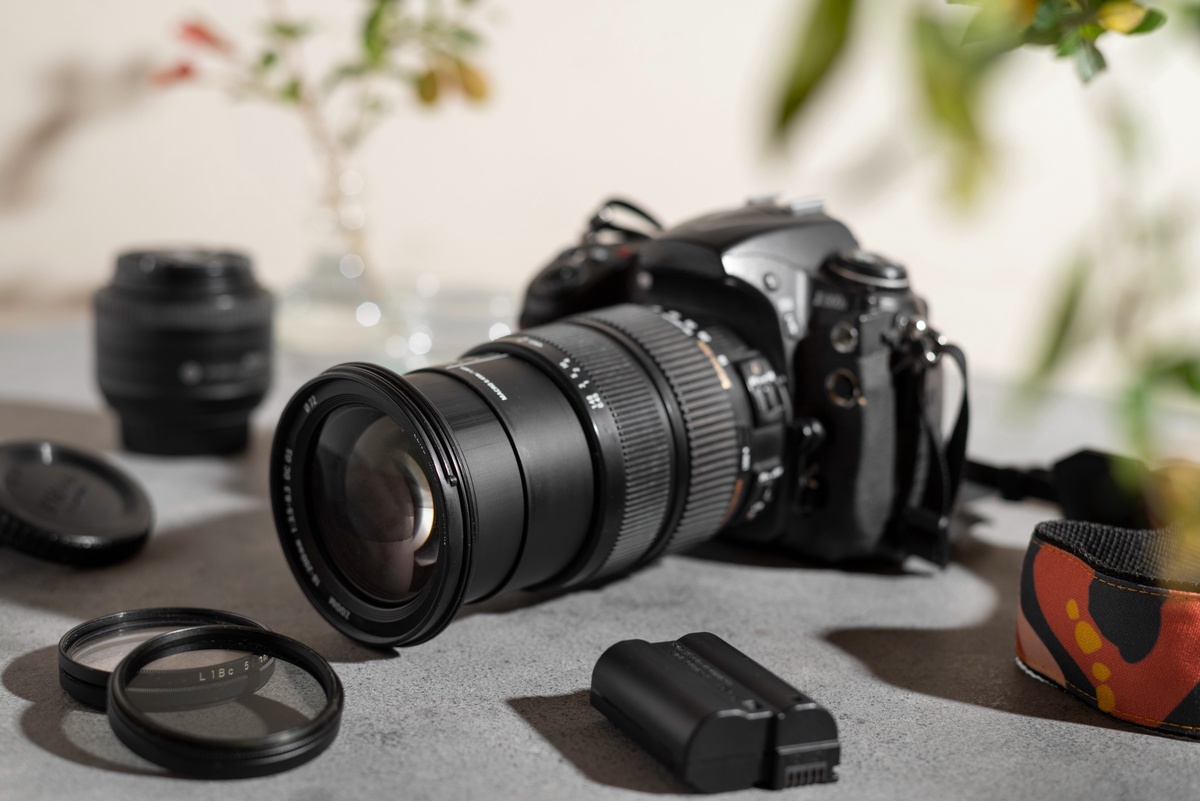Purchasing a second-hand camera can be a great way to save money while still obtaining a high-quality piece of equipment. However, it is essential to thoroughly test a used camera to ensure its functionality and value for money. This article aims to provide shoppers with a comprehensive set of steps to follow when testing a second-hand camera. By conducting these tests, buyers can make informed decisions and minimize the risk of purchasing a faulty or unsatisfactory camera.
Physical Inspection
Before delving into the technical aspects, it is crucial to visually inspect the camera's physical condition. Look for any signs of damage, such as scratches, dents, or cracks on the body, lens, or LCD screen. Pay attention to the condition of the buttons, dials, and connectors, as these can affect the camera's usability. Additionally, inspect the lens for any scratches, dust, or fungus that may impact image quality. A well-maintained camera with minimal physical damage is generally a good indicator of its overall care and functionality.
Shutter Actuations
The shutter actuations, also known as shutter count, refer to the number of times the camera's shutter has been activated. This information is crucial as it provides insight into the camera's usage and potential wear and tear. Higher shutter actuations indicate that the camera has been extensively used, and its lifespan may be closer to its end. To check the shutter count, consult the camera's manual or use specialized software or online tools compatible with the camera model.
Sensor Inspection
The camera's image sensor is a vital component that directly affects image quality. Inspect the sensor for any visible dust, debris, or stains, as these can impact the final images. Activate the sensor cleaning feature, if available, to see if it effectively removes any dust particles. However, keep in mind that minor dust particles are relatively common and can often be cleaned without affecting image quality significantly.
Lens Functionality
A camera's performance is heavily influenced by the lens. If the camera is sold with a lens, it is essential to test its functionality as well. Attach the lens to the camera and thoroughly examine it for damage, scratches, or signs of fungus. Manually adjust the focus and zoom rings to ensure they move smoothly without any stiffness or resistance. Additionally, test the lens autofocus by focusing on different subjects at varying distances to ensure accurate and fast focusing.
Image Quality
To assess the camera's image quality, take test shots in different lighting conditions and review the results. Inspect the images for sharpness, color accuracy, and overall clarity. Pay attention to any abnormalities such as excessive noise, pixelation, or irregularities on the image sensor. Test the camera's performance at different ISO settings to evaluate its low-light capabilities. Test various shooting modes and features to ensure they work as intended.
Functionality and Controls
Test all the camera's functions and controls to ensure they are working correctly. This includes adjusting exposure settings, changing shooting modes, testing the camera's built-in flash, and checking the compatibility of memory cards. Verify that the camera's buttons, dials, and menus are responsive and intuitive to use.
Battery and Connectivity
Check the camera's battery life by fully charging it and testing its duration. Ensure that the battery charges properly and that the camera accurately displays the battery level. Additionally, test the camera's connectivity features such as USB, HDMI, and Wi-Fi to ensure they function correctly.
Testing a second-hand camera before purchase is essential to ensure a satisfactory and reliable purchase. By following these steps, shoppers can minimize the risk of buying a faulty or inadequate camera. Thoroughly inspecting the physical condition, checking the shutter actuations, assessing the sensor and lens functionality, evaluating image quality, testing functionality and controls, and verifying the battery life and connectivity will provide valuable insights into the camera's condition and overall performance. Armed with this knowledge, shoppers can make informed decisions and confidently invest in a second-hand camera that meets their needs.


No comments yet